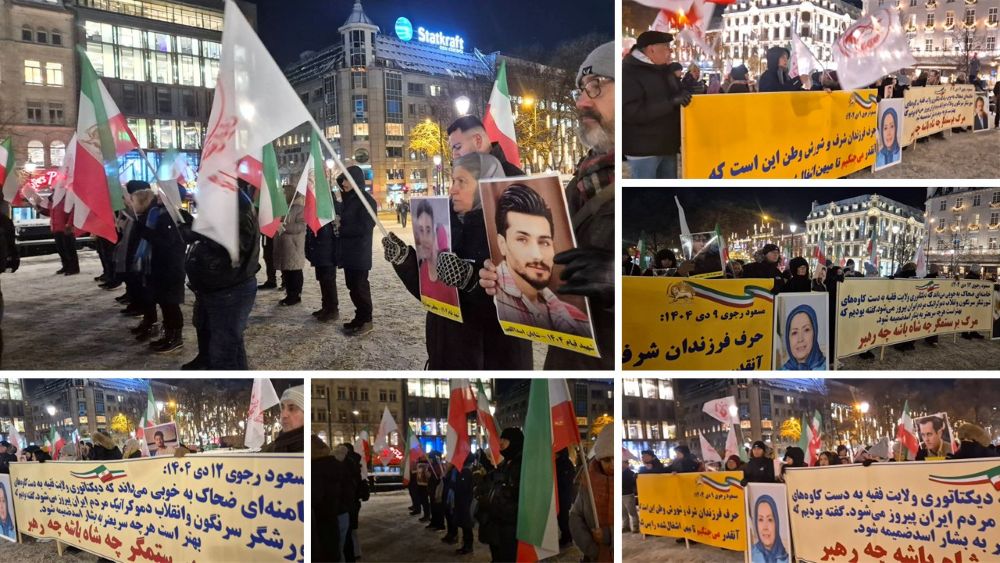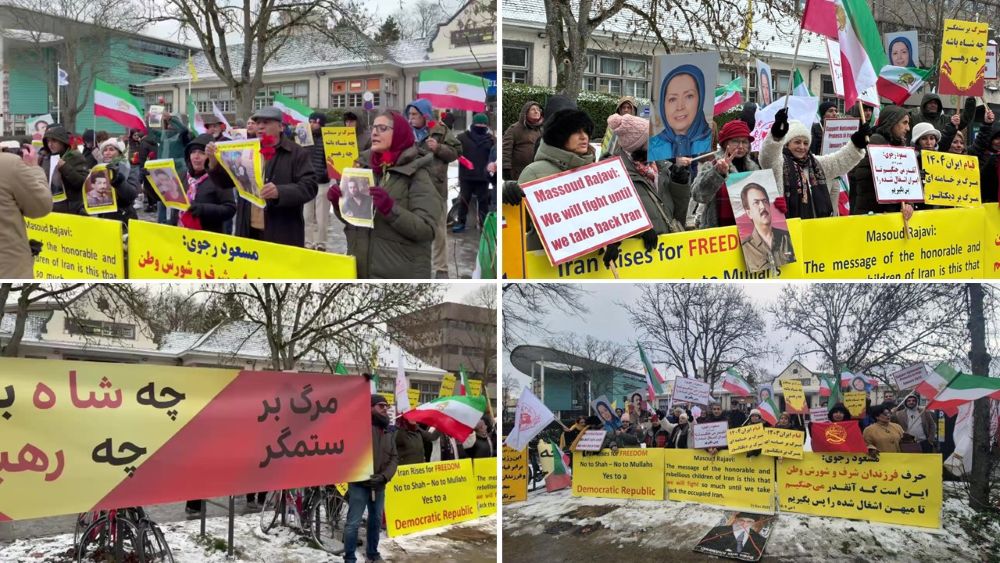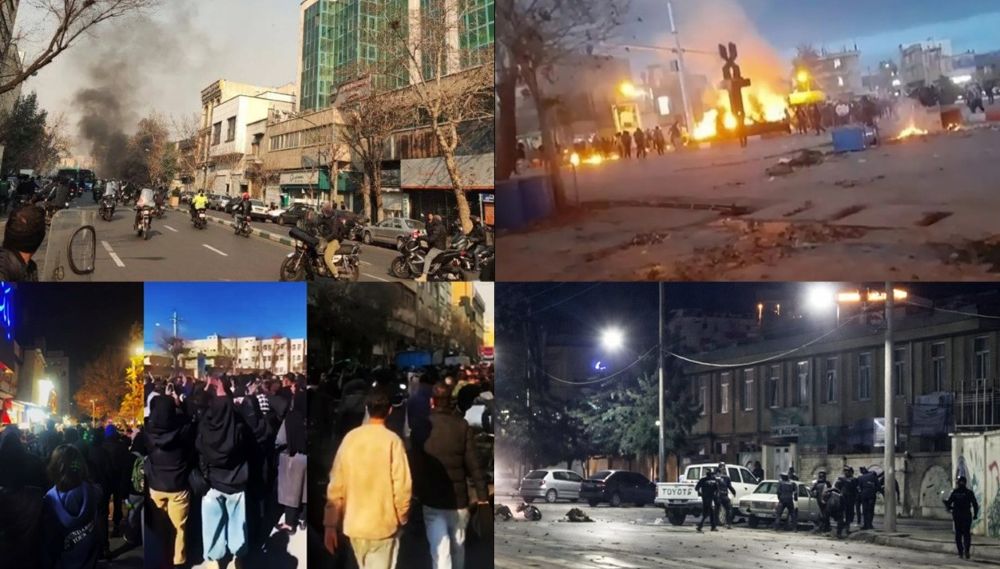
A documentary produced by the National Council of Resistance of Iran(NCRI) looks at the 1988 massacre in Iran. In this genocide, more than 30,000 political prisoners were executed in prisons across Iran based on Ruhollah Khomeini’s fatwa. More than 90% of the massacred were members and supporters of the MEK.
Within months after the 1979 revolution, Ruhollah Khomeini labeled anyone challenging his rule as “corrupt” and started an agenda to eliminate all political dissidents.
In late July 1988, several political activists held in prisons across Iran suddenly disappeared. They were young men and women, some of whom had been arrested years ago in their teens and imprisoned simply for their political opinions and peaceful activities such as distributing opposition leaflets and attending demonstrations. Most of them were supporters of the People’s Mojahedin Organization of Iran (PMOI/MEK)
Khomeini labeled the MEK as Hypocrites and decreed: If the person at any stage [of the judicial process] maintains his or her support for the MEK, the sentence is execution. Annihilate the enemies of Islam, immediately.
In his decree, Khomeini ordered the formation of three-member panels, known as “Death Commissions”.
Each panel included a religious judge, prosecutor, and a representative from the Ministry of Intelligence.
Death Commissions were formed in at least 96 cities to put an end to MEK in Iran. Khomeini’s most ardent loyalists were appointed to the commission. They included current president Ebrahim Raisi, who in 1988 was Tehran’s Deputy Prosecutor and ordered the execution of MEK prisoners.
For months, victims’ families desperately sought information about their loved ones. They heard nothing but lies from the authorities. Ultimately, they began to learn the devastating truth. Their loved ones had been secretly executed and buried in mass graves.
In 2016, an audio file of a secret meeting that was held at the height of the mass killing emerged. In the recording, from August 1988, members of the Tehran Death Commission can be heard discussing the operation with Khomeini’s heir apparent.
Khomeini’s successor Hossein Ali Montazeri can be heard criticizing members of the Death Commission including Ebrahim Raisi for carrying out the massacre. Montazeri’s criticism ended with his dismissal by Khomeini as the country’s next Supreme Leader.
This crime against humanity has drawn international attention.
In September 2020, seven UN Special Rapporteurs wrote a letter to Iranian authorities decrying the 1988 massacre. They reported that between July and September 1988, Iranian authorities forcibly disappeared and extrajudicially executed thousands of imprisoned political dissidents affiliated with political opposition groups in 32 cities in secret and discarded their bodies mostly in unmarked mass graves.
In May 2021, more than 150 former UN officials and renowned international human rights and legal experts wrote to UN High Commissioner for Human Rights, calling for an international Commission of Inquiry into the 1988 massacre.
But 3 decades on, the perpetrators remain in high positions of power.
In July 2019, then-minister of justice and current adviser to the Chief of the Judiciary Mostafa Pourmohammadi, who was a member of the Death Commission in 1988, claimed that the elimination of the MEK must continue based on Khomeini’s fatwa.
The perpetrators of the 1988 massacre have never been held accountable. Today they are continuing the clampdown on dissent with impunity. That includes the arrest, torture, and execution of MEK supporters and anti-regime protesters.
On June 19, 2021, one of the main perpetrators of the 1988 massacre and a member of the Tehran Death Commission, Ebrahim Raisi, was appointed as the regime’s president.
Amnesty International Secretary General Agnes Callamard has said that Ebrahim Raisi should be investigated for crime against humanity instead of taking up the presidency.
In 2018, Amnesty International documented how Ebrahim Raisi had been a member of the ‘death commission’ which forcibly disappeared and extrajudicially executed in secret thousands of political dissidents in Evin and Gohardasht prisons near Tehran in 1988.



